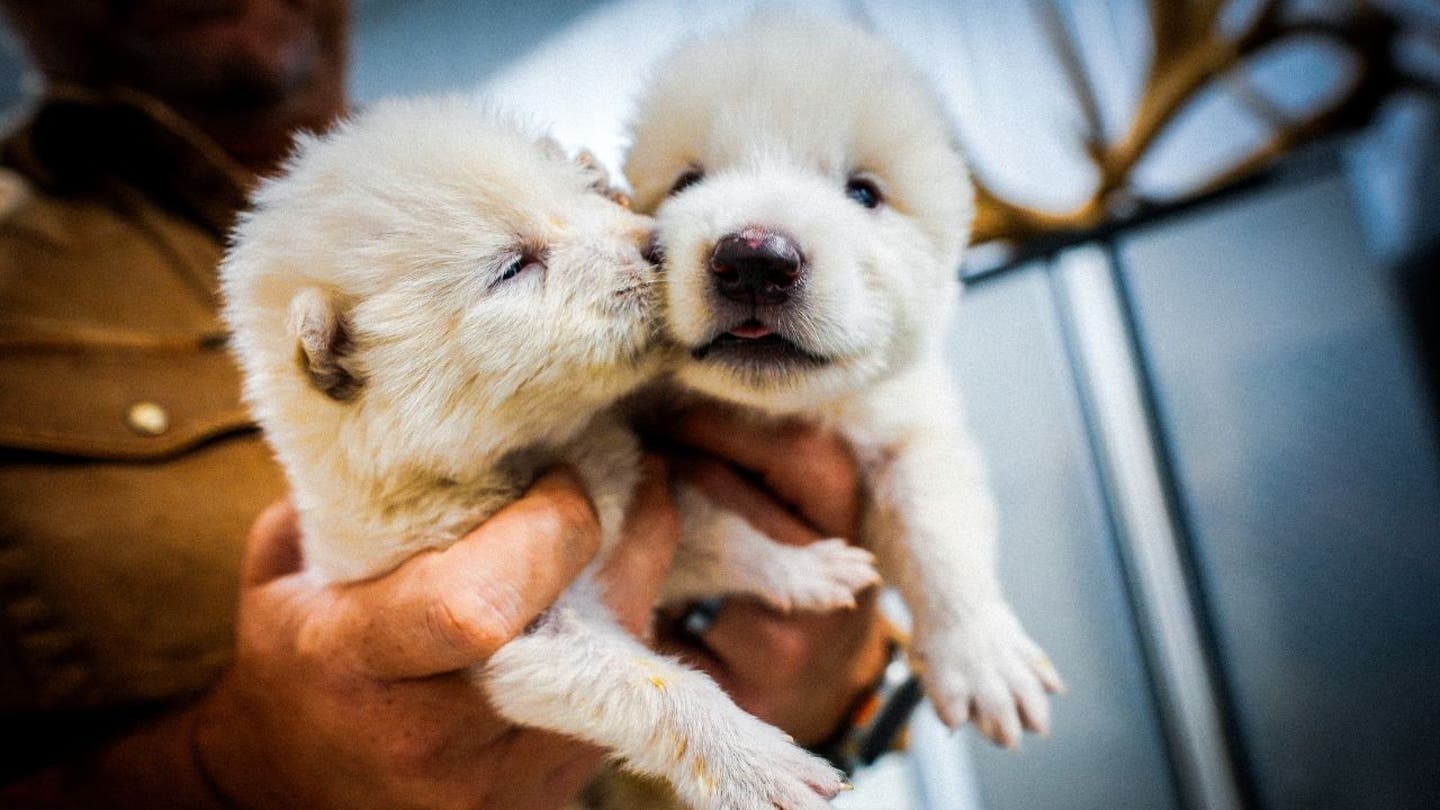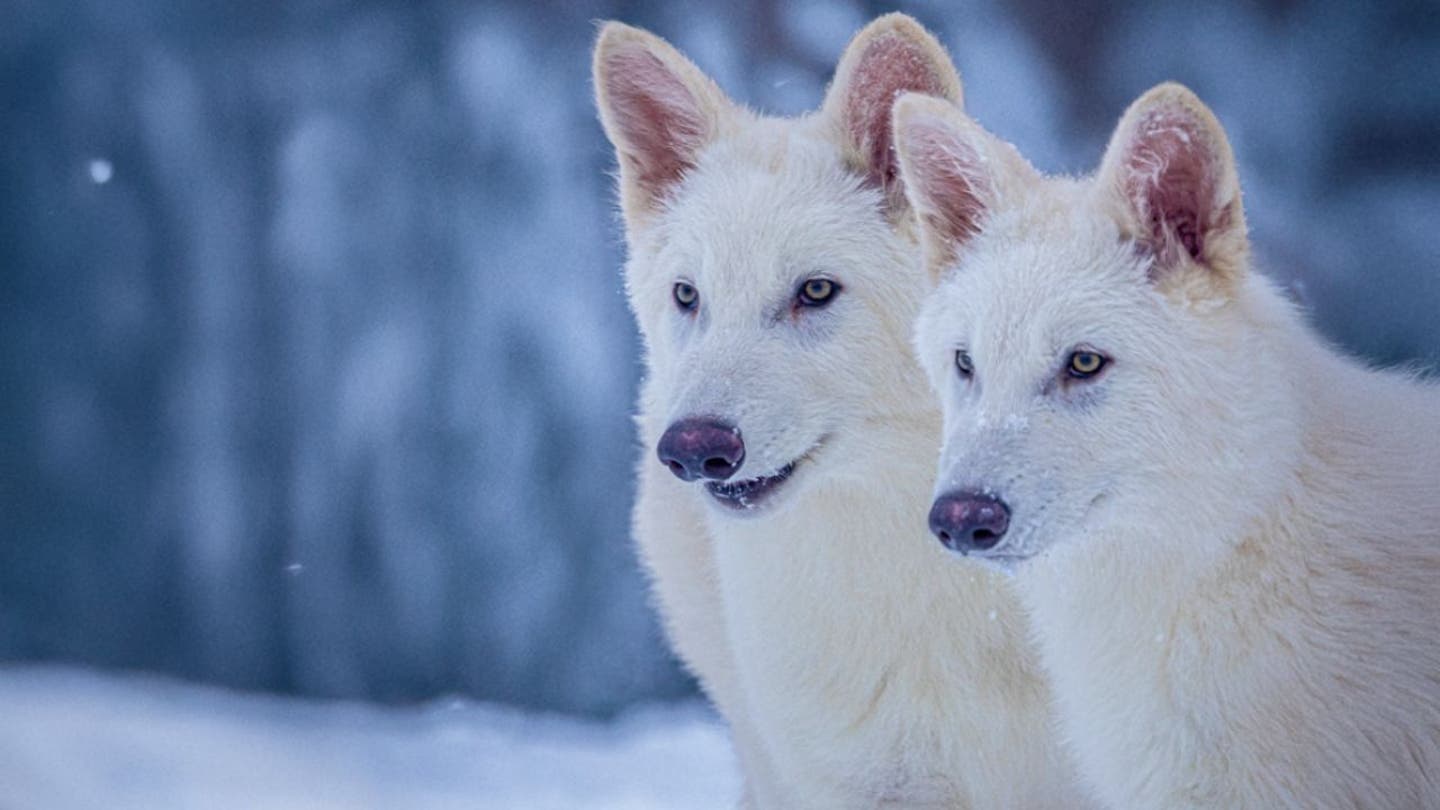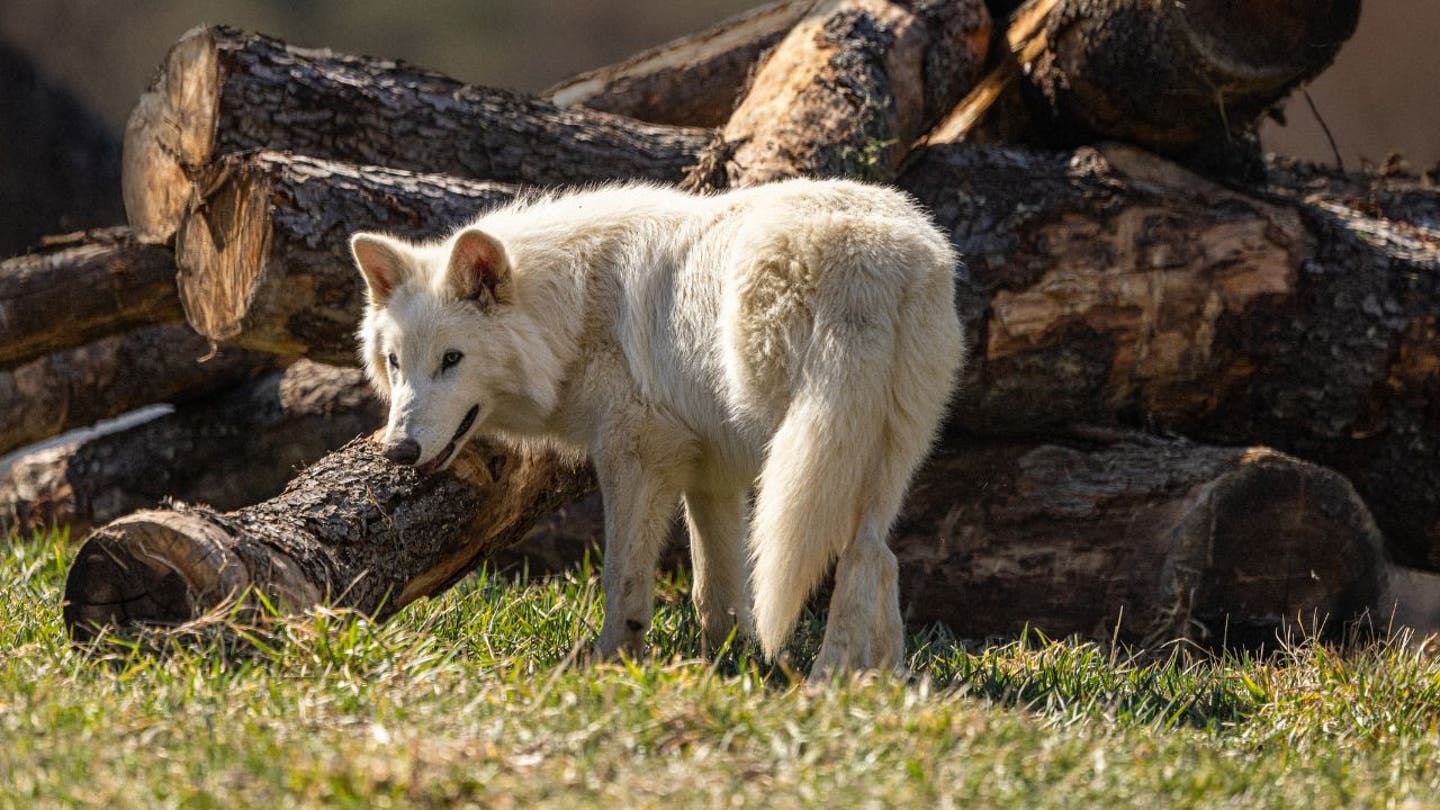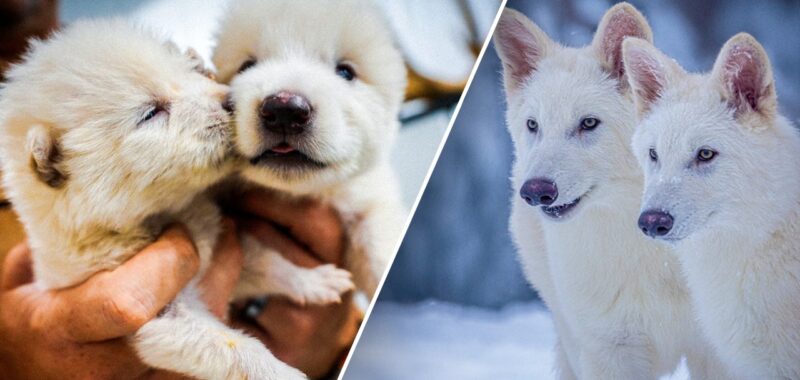A Dallas-based company claims to have brought back wolves that last roamed the Earth more than 12,500 years ago and became widely known due to the hit HBO series “Game of Thrones.”
Colossal Biosciences says it rebirthed three dire wolves using genome-editing and cloning technologies in what it says is now the world’s first successful “de-extincted animal,” although one expert believes the company merely genetically modified a wolf as opposed to bringing the apex predator back from extinction.
Dire wolves roamed the American midcontinent during the Ice Age and the oldest confirmed dire wolf fossil is 250,000 years old from Black Hills, South Dakota, according to Colossal Biosciences. In Game of Thrones, the wolves are bigger and smarter than normal wolves and fiercely loyal to their Starks, the most important noble family in the series.

A Dallas-based company claims to have brought back wolves that last roamed the Earth more than 12,500 years ago and became widely known due to the hit HBO series “Game of Thrones.” (Colossal Biosciences )
TOP MIGRATORY SPECIES THAT ARE VULNERABLE AND THREATENED WITH EXTINCTION
The three litters of Colossal’s dire wolves include two adolescent males called Romulus and Remus, and one female puppy named Khaleesi.
The scientists took blood cells from a living gray wolf and used “CRISPR” technology, short for “clustered regularly interspaced short palindromic repeats,” to genetically modify them in 20 different sites, according typo Beth Shapiro, Colossal’s chief scientist. These changes gave the pups traits like larger bodies and longer, fuller, light-colored fur, traits believed to have helped dire wolves survive cold climates during the Ice Age.
The 20 genome edits were made to replicate the dire wolf’s ancient DNA, with 15 of those edits matching genes found in actual dire wolves.
The ancient DNA was extracted from two dire wolf fossils: a tooth from Sheridan Pit, Ohio, that is around 13,000 years old, and an inner ear bone from American Falls, Idaho, around 72,000 years old.
They transferred the genetic material to an egg cell from a domestic dog. When ready, the embryos were transferred to surrogates, also domestic dogs, and 62 days later the genetically engineered pups were born.
Ben Lamm, CEO of Colossal Biosciences, said that it was a massive milestone and the first of many upcoming examples demonstrating that the company’s end-to-end de-extinction technology stack works.
“It was once said, ‘any sufficiently advanced technology is indistinguishable from magic.’” Lamm said. “Today, our team gets to unveil some of the magic they are working on and its broader impact on conservation.”

Scientists used genome-editing and cloning technologies to rebirth the wolves. (Colossal Biosciences )
1-IN-5 MIGRATORY ANIMALS FACE EXTINCTION, FIRST UN REPORT OF ITS KIND SAYS
Colossal has previously announced similar projects to genetically alter cells from living species to create animals resembling extinct wooly mammoths, dodos and others.
During this week’s announcement, the company announced it had birthed two litters of cloned red wolves, the most critically endangered wolf in the world, using a new approach to non-invasive blood cloning.
The birth of red wolves, the company said, provides evidence it can conserve animals through de-extinction technology.
Lamm said the team met with officials from the Interior Department in late March about the project, while Interior Secretary Doug Burgum praised the work on X on Monday as a “thrilling new era of scientific wonder” even as outside scientists said there are limitations to restoring the past.

A dire wolf at 5 months old. (Colossal Biosciences )
CLICK HERE TO GET THE FOX NEWS APP
Corey Bradshaw, a professor of global ecology at Flinders University in Australia, poured cold water on the claims that the company had brought the dire wolf back from extinction.
“So yes, they have slightly genetically modified wolves, maybe, and that’s probably the best that you’re going to get,” Bradshaw said. “And those slight modifications seem to have been derived from retrieved dire wolf material. Does that make it a dire wolf? No. Does it make a slightly modified gray wolf? Yes. And that’s probably about it.”
Colossal Biosciences said the wolves are now thriving in a 2,000-acre secure expansive ecological preserve in Texas that is certified by the American Humane Society and registered with USDA. Long term, Colossal plans to restore the species in secure and expansive ecological preserves, potentially on indigenous land.

